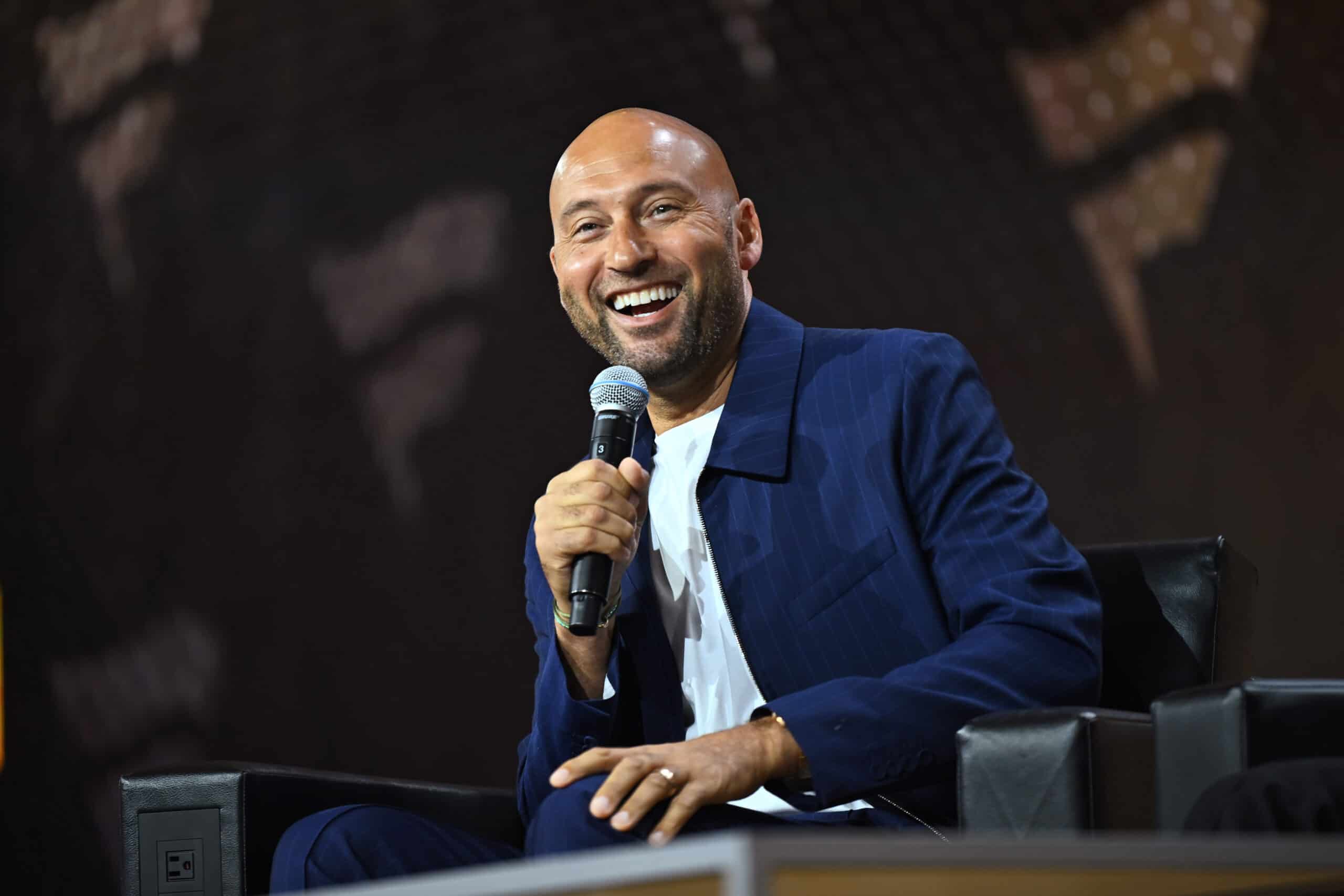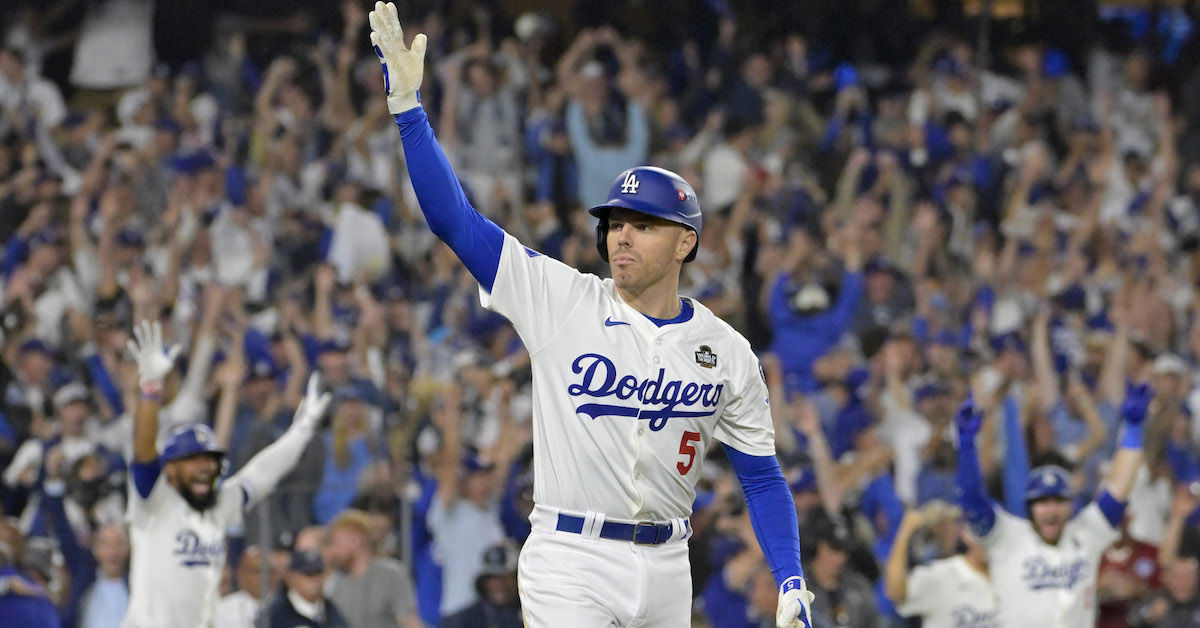[ad_1]
It was a great honor when Mark Simon of Sports Info Solutions asked me to vote for this year’s Fielding Bible Awards. If you haven’t heard of them before, they’re an alternative to Gold Gloves that were devised by SIS and John Dewan in 2006. A panel of experts votes for 10 players across the majors at each position, as well as a multi-position award and a defensive player of the year. The awards will be released tomorrow, October 24, at 2 p.m. ET. Imagine my surprise when I got asked to be one of those experts. I consider myself a strong analyst, but this is the big time: Peter Gammons is a frequent voter, and it’s downright terrifying to be compared to him. So if I was going to do this, I had to do it right. I did what anyone would do in my position: I had a long conversation with MLB Chief Data Architect Tom Tango about how to evaluate defensive systems. Yeah, it’s good to have friends in high places, what can I say? One of the most pressing questions I had when I sat down to compile my ballot was how much attention to pay to the various defensive grading systems out there. There’s DRS and FRV, the two flagship options. There’s Baseball Prospectus’s DRP and the legacy system UZR. They all purport to measure defensive value, and they all do so with slightly different methodology. They don’t always agree. To give you an example, Taylor Walls is either 12 runs above average (DRS), two runs below (FRV), or somewhere in between (6.6 DRP, 3.8 UZR). He’s not the only one. There are a host of players who defensive systems disagree about. Before I could vote for 100 defenders (10 per position), I decided that I needed to do a lot more setup work to make sure that I was operating with the correct data. I started by checking how correlated each system was to itself from one year to the next. I focused on three pairs of years: 2021-2022, 2022-2023, and 2023-2024. I used these because Statcast changed the data collection method from Trackman to HawkEye cameras in 2020, but the 2020 season was too abbreviated to get large sample size defensive metrics. In addition to looking for how well one system was self-correlated, I looked at how well each system did at predicting the other systems in year two. There’s an interesting philosophical question here: If one system is very consistent, or in other words thinks the same thing about players from one year to the next, how important is it that it matches other systems? In and of itself, not much! But you can imagine tons of ways that a metric that’s self-correlated but does a poor job of predicting others could go wrong. Maybe that system could be assigning grades based on last name, or height, or some other arbitrary metric that doesn’t change from one year to the next. But Tango had a solid suggestion to avoid that: Test every system against a naive way of measuring defense. I chose assists per ball in play. I then tested each system against that to make sure that the systems were doing what they say they do on the box: Measuring fielders’ ability to turn batted balls into outs. I’m not going to go into the specifics of all the checks I did; this article is going to be long enough as it is, and it’s about who I voted for, not how I set out to evaluate all defensive metrics. But I’ll say this: Not every metric does the same at every position. DRP is spectacular when it comes to catcher defense, but last in the field at first base defense. DRS does best, on a relative basis, at first, though it’s fairly good across the infield. FRV is solid across the board by every way I could measure. UZR is consistently at the bottom of the table, but it’s still useful as part of the blend of metrics I used. I created separate metric weights for catcher, first base, non-first-base infield, and outfield. I considered pitchers and multi-positional defenders separately on a case-by-case basis. For each position, I first used my weighted average of each defensive position to give me a baseline. Then I applied my judgment to move players within this order, particularly when they were close in value. I tried to have an overall light touch, though. No amount of eye-test vibes can make up for the fact that every single defensive system agrees that Juan Soto is a below-average fielder, for example. I think that this process did a good job of combining the best information that publicly available defensive systems can produce with a critical evidence-focused eye on the game. I watch a ton of baseball, and I also spend quite a bit of time thinking about how to measure player skill, and the limits thereof. I’m just talking my own book here, but I really do believe this is the best way I can determine who played the best defense in baseball this year. So without further ado, let’s look at my balloting.
Catcher
- Patrick Bailey
- Cal Raleigh
- Jake Rogers
- Alejandro Kirk
- Austin Wells
- Bo Naylor
- Freddy Fermin
- Christian Vázquez
- Francisco Alvarez
- Gabriel Moreno
First things first: Patrick Bailey was the easiest vote I made on the entire ballot. He’s the best catcher defender regardless of how you want to calculate it. He’s the best receiver in baseball, the most valuable defensive skill there is. He’s only average at blocking pitches, but that isn’t a huge driver of value. And he’s demonstrably excellent at controlling the running game, a huge deal for a Giants team full of groundball pitchers who struggle to hold runners on. Think of it this way: Bailey played 908 innings at catcher and opponents attempted to steal second 64 times. He threw out 30% of them. Meanwhile, his backup Curt Casali caught 321 innings; opponents tried to steal second 34 times against him, and he threw out 9% of them. Runners stole 50% more often, and succeeded at an outrageous clip, when Bailey wasn’t around. He’s a huge part of San Francisco’s run prevention plans, and no catcher in baseball even approaches his defensive value. Freddy Fermin didn’t play much in the postseason, because the Royals preferred an offense-first alignment, but that’s no knock on his defensive prowess. He’s an adequate receiver, but most of his value comes from his outrageous throwing arm and clean mechanics. His pop time was nearly as fast as Bailey’s, and he’s accurate to boot. The numbers don’t lie: 23 opponents tried to steal second against Fermin, and he threw out 14 of them. There’s an easy comparison here: Salvador Perez caught a similar number of innings and opponents attempted to steal against him at a similar rate. He threw out 29% of would-be base stealers. That’s comfortably above average… and it’s not even half of Fermin’s 61% rate. What a spectacular season. Francisco Alvarez and Gabriel Moreno finished in a dead statistical heat, and I’m still not confident I got the order of their ranking right. Alvarez fared better as a framer, while Moreno’s game is far more well-rounded. In the end, I gave an edge to Alvarez because I think he has too much advantage in the most important catcher defense skill, but I wouldn’t be shocked to see him much higher or much lower in defensive value next year. He has bad habits to…
First Base
- Christian Walker
- Matt Olson
- Carlos Santana
- Bryce Harper
- Ryan Mountcastle
- Michael Busch
- Michael Toglia
- Nathaniel Lowe
- LaMonte Wade Jr.
- Freddie Freeman
Not a lot to see here, honestly. Christian Walker remains incredible; he’s been the best overall defensive first baseman by a mile since he took over the job in Arizona in 2019, and this year was another excellent effort. I would have been comfortable handing the top spot to anyone in the top three, but Walker’s consistency was a tiebreaker…
[ad_2]



